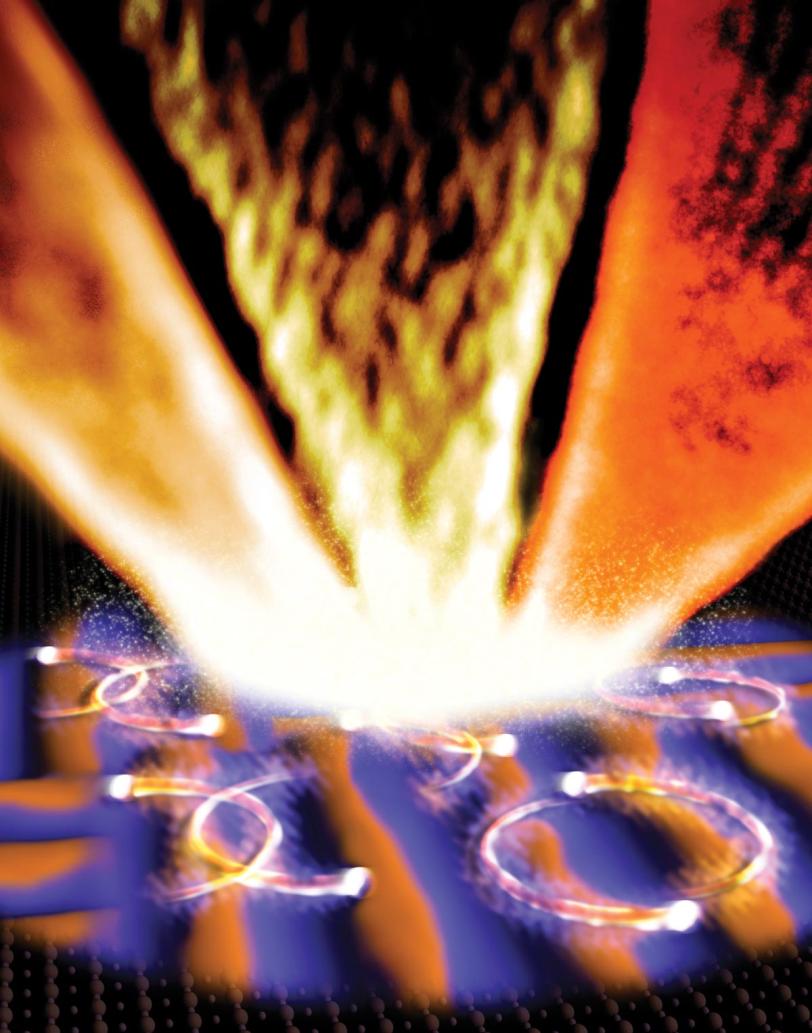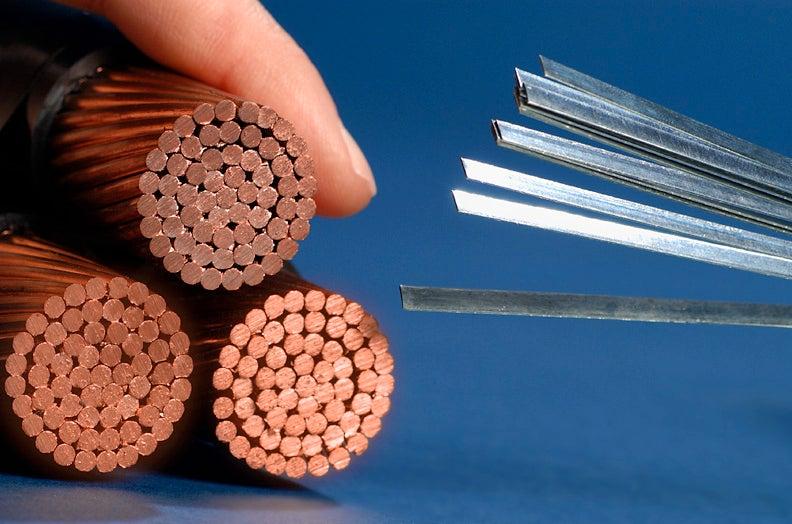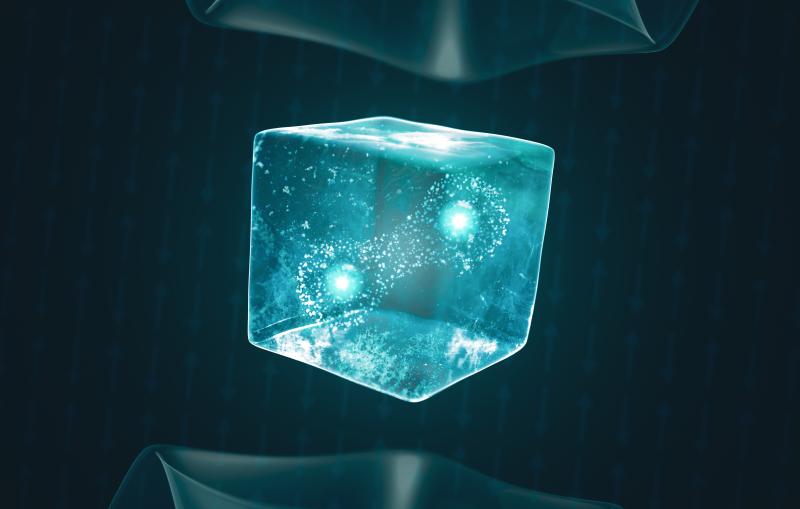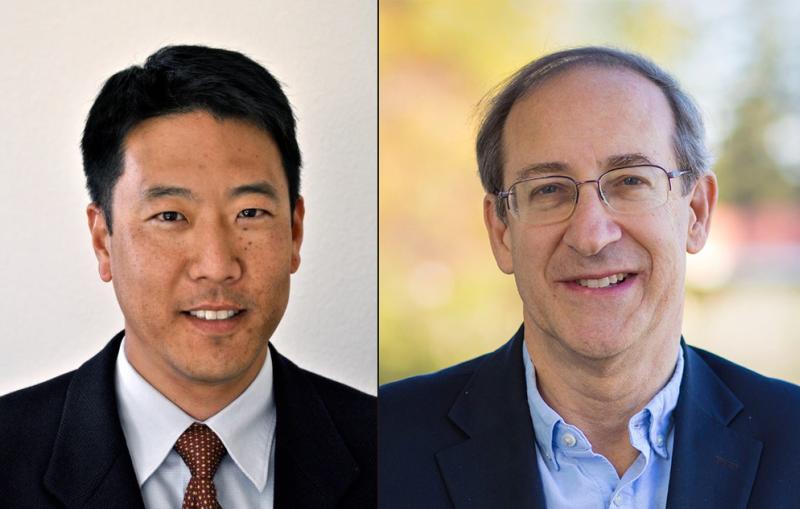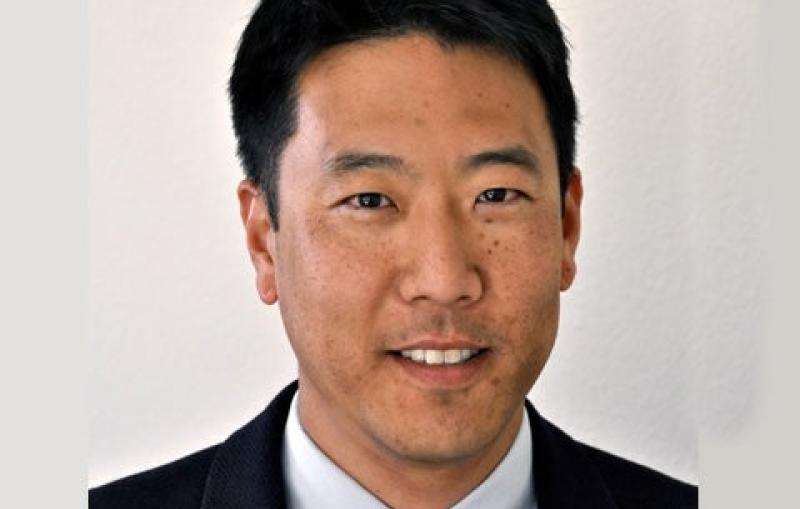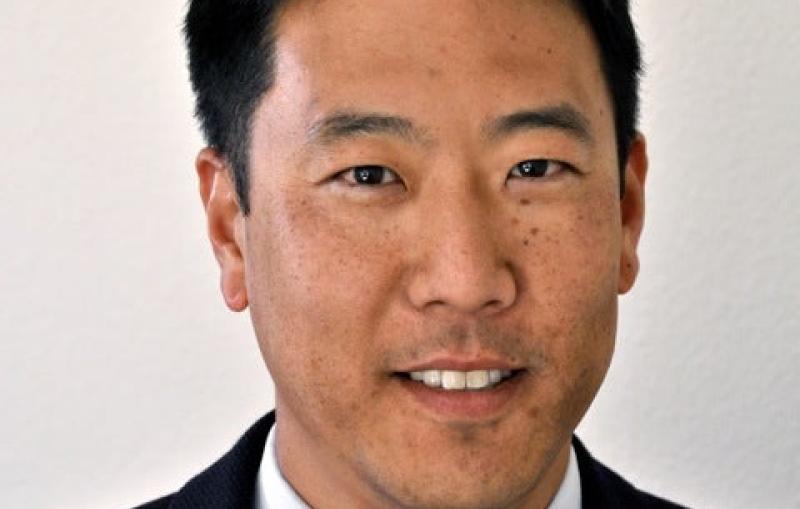High-temperature Superconductor Spills Secret: A New Phase of Matter
Scientists have found the strongest evidence yet that a puzzling gap in the electronic structures of some high-temperature superconductors could indicate a new phase of matter.
Scientists have found the strongest evidence yet that a puzzling gap in the electronic structures of some high-temperature superconductors could indicate a new phase of matter. Understanding this “pseudogap” has been a 20-year quest for researchers who are trying to control and improve these breakthrough materials, with the ultimate goal of finding superconductors that operate at room temperature.
"Our findings point to management and control of this other phase as the correct path toward optimizing these novel superconductors for energy applications, as well as searching for new superconductors," said Zhi-Xun Shen of the Stanford Institute for Materials and Energy Science (SIMES), a joint institute of the Department of Energy’s SLAC National Accelerator Laboratory and Stanford University. Shen led the team of researchers that made the discovery; their findings appear in the March 25 issue of Science.
Superconductors are materials that conduct electricity with 100 percent efficiency, losing nothing to resistance. Currently used in medical imaging, highly efficient electrical generators and maglev trains, they have the potential to become a truly transformative technology; energy applications would be just one beneficiary. This promise is hampered by one thing, though: they work only at extremely low temperatures. Although research over the past 25 years has developed “high-temperature superconductors” that work at warmer temperatures, even the warmest of them—the cuprates—must be chilled half-way to absolute zero before they will superconduct.
The prospect of being able to dramatically increase that working temperature, thus making superconductors easier and cheaper to use, has kept interest in the cuprates at the boiling point. But to change something you have to understand it, and a puzzle called the pseudogap has stood in the way.
One hallmark of a superconductor is a so-called "energy gap" that appears when the material transitions into its superconducting phase. The gap in electron energies arises when electrons pair off at a lower energy to do the actual job of superconducting electric current.
When most of these materials warm to the point that they can no longer superconduct, the electron pairs split up, the electrons start to regain their previous energies, and the gap closes. But in the cuprates, the gap persists even above superconducting temperatures. This is the pseudogap, and it doesn't fully disappear until a second critical temperature called T* (pronounced "T-star") is reached. T* can be 100 degrees higher than the temperature at which superconductivity begins.
Superconductors conduct electricity with 100 percent efficiency, losing none of it to resistance. The few high-temperature superconducting wires on the right conduct as much current as all the copper cables on the left. (Photo courtesy of American Superconductor.)
The electrons in the pseudogap state aren’t superconducting—so what are they doing? That’s the puzzle that's had condensed matter physicists scratching their heads for two decades.
"A clear answer as to whether such a gap is just an extension of superconductivity or a harbinger of another phase is a critical step in developing better superconductors," Shen said.
In work done at SLAC's Stanford Synchrotron Radiation Lightsource, Lawrence Berkeley National Laboratory's Advanced Light Source and Stanford University, Shen's team looked at a sample of a cuprate superconductor from the inside out. They examined electronic behavior at the sample's surface, thermodynamic behavior in the sample's interior, and changes to the sample's dynamic properties over time using a trifecta of measurement techniques never before employed together.
"There is much to be said about using the same material and three different techniques to tackle the problem," commented condensed matter physicist Sudip Chakravarty of the University of California Los Angeles, who was not involved in the research. "Even after decades of research this is a key unanswered question."
The team's findings: electrons in the pseudogap phase are not pairing up. They reorganize into a distinct yet elusive order of their own. In fact, the new order is also present when the material is superconducting; it had been overlooked before, masked by the behavior of superconducting electron pairs.
Simply knowing the pseudogap indicates a new phase of matter provides a clear signpost for follow-up research, according to Ruihua He, a post-doctoral researcher at the Advanced Light Source and first author of the paper. He outlined the next steps: "First to-do: uncover the nature of the pseudogap order. Second to-do: determine whether the pseudogap order is friend or foe to superconductivity. Third to-do: find a way to promote the pseudogap order if it's a friend and suppress it if it's a foe."
According to Makoto Hashimoto, a coauthor on the paper and SSRL staff scientist, their work "makes the high-temperature superconductor roadmap much clearer than before, and a good roadmap is important for any big science project."
This advance was made possible by a strong collaboration between Shen's team and teams of researchers from SIMES (led by Aharon Kapitulnik), LBNL (led by Joseph Orenstein) and the ALS (led by Zahid Hussain), the sample growers from the National Institute of Advanced Industrial Science and Technology (led by Hiroshi Eisaki), as well as SIMES theorists Steve Kivelson and Thomas Devereaux.
The Stanford Institute for Materials and Energy Science, SIMES, is a joint institute of SLAC National Accelerator Laboratory and Stanford University. Research at SIMES is supported in part by the U.S. Department of Energy's Office of Science.
SLAC is a multi-program laboratory exploring frontier questions in photon science, astrophysics, particle physics and accelerator research. Located in Menlo Park, California, SLAC is operated by Stanford University for the U.S. Department of Energy Office of Science.
Lawrence Berkeley National Laboratory, a U.S. Department of Energy national laboratory managed by the University of California for the DOE Office of Science, is a world leader in innovative science, advanced computing, and technology that makes a difference.
Contact
For questions or comments, contact the SLAC Office of Communications at communications@slac.stanford.edu.
